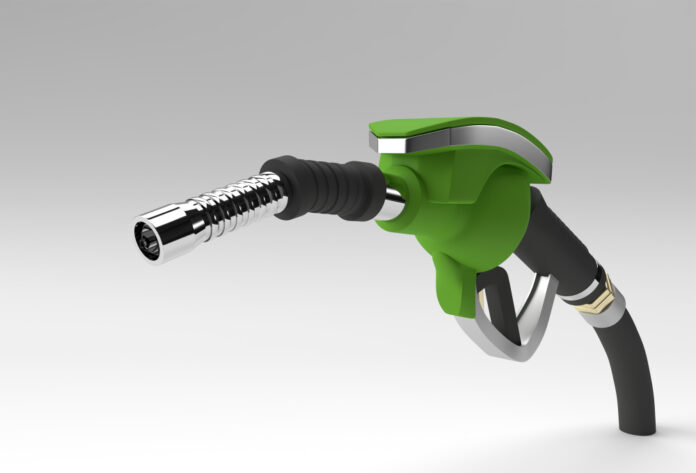When was the last time you thought about the fuel nozzle — that sturdy, slightly greasy device you grab every time you refuel your car? Probably never. But this everyday tool is actually a clever piece of engineering that quietly keeps your car running, protects the environment, and prevents fuel spills with near-perfect efficiency.
Let’s take a closer look at the fuel nozzle — how it works, why it matters, and the technology behind this surprisingly sophisticated component.
What is a Fuel Nozzle?
A fuel nozzle is the final part of the fuel dispensing system at gas stations. It’s the piece you handle when refueling your car — the trigger mechanism that allows gasoline or diesel to flow from the pump into your tank. While it might seem basic, the fuel nozzle is equipped with smart design features that make it:
- Safe
- Accurate
- Environmentally friendly
- Easy to use
Whether you’re filling up a motorcycle, a sedan, or a semi-truck, the nozzle ensures fuel delivery is efficient and (hopefully) mess-free.
How Does It Work?
Inside the nozzle is a combination of valves, levers, sensors, and flow regulators. Here’s a quick breakdown of how the process works:
- Trigger Activated Flow: When you squeeze the nozzle’s handle, it opens a valve that allows fuel to flow through the hose and into your car.
- Venturi Effect: A small vacuum tube runs from the tip of the nozzle to a diaphragm inside the handle. As fuel flows, it creates a low-pressure zone (Venturi effect), drawing air through this tube.
- Automatic Shutoff: Once your fuel tank is full, the rising gasoline blocks the air flow to the nozzle’s sensor. This change in pressure causes the valve to snap shut — stopping the fuel flow instantly.
This shutoff system is so precise that it usually prevents overfilling by just a few milliliters. Pretty slick, right?
Different Types of Fuel Nozzles
Not all fuel nozzles are created equal. Here are a few common types you might encounter:
- Automatic Nozzles: The standard at self-service stations — with auto shut-off and flow control.
- High-Flow Nozzles: Used for diesel trucks or fleet vehicles, these deliver fuel at a faster rate.
- Vapor Recovery Nozzles: Designed to capture and recycle fuel vapors during refueling, reducing pollution.
- Manual Nozzles: Basic, older models without automatic shutoff (still used in some parts of the world).
Safety Features You Didn’t Know About
Fuel nozzles are loaded with safety mechanisms. These include:
- Anti-drip spouts to minimize spills
- Breakaway couplings that detach safely if a car drives off with the nozzle still inserted
- Vapor recovery systems that prevent harmful fumes from escaping
All of these help keep both people and the environment safe during something we often do without a second thought.
Why Fuel Nozzles Matter
Even as we shift toward electric vehicles, fuel nozzles continue to serve billions of drivers around the world every day. Their reliability and efficiency are critical — not just for convenience, but for environmental and fire safety as well.
They’re a perfect example of low-key brilliance: a tool you use all the time, probably never think about, but absolutely depend on.
Final Thoughts
The next time you pull up to the pump, take a moment to appreciate the engineering behind the fuel nozzle. It might be small, but it plays a big role in keeping your vehicle moving, the air cleaner, and your hands (mostly) fuel-free.































